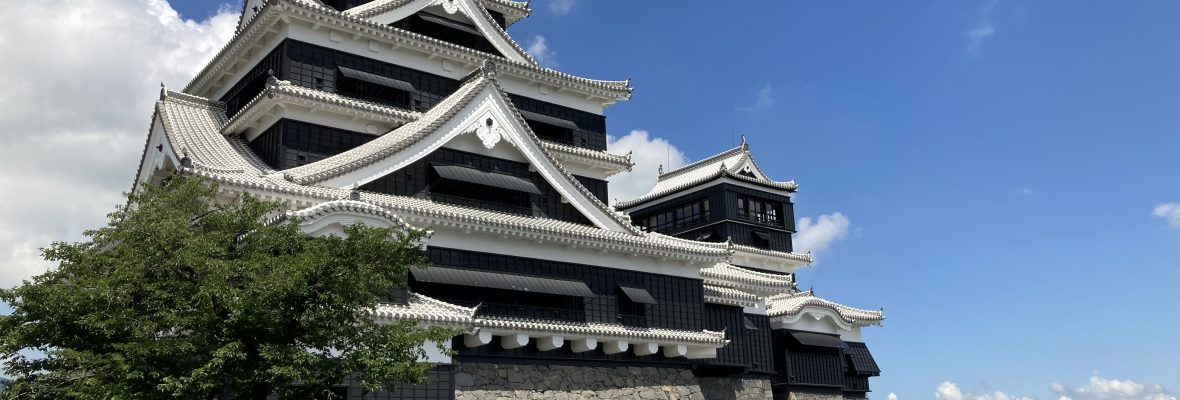Arita Town is located in the western part of Saga Prefecture. It borders Nagasaki Prefecture from the south-west to the south of the town. Forests and mountains cover approximately 70% of the town’s land, which is flanked by the Arita River, which divides the town and flows into Imari Bay. The town covers an area of 65.8 sq km and has a population of approximately 21,000.
On 1 March 2006, the town was merged with Arita, a pottery town, and Nishi-Arita, an agricultural town, to form the new town of Arita.
Arita is known for Arita-yaki porcelain, one of Japan’s traditional crafts, which was first produced in Japan in the early 17th century when the Korean potter Ri Sanpei discovered pottery stones at Mt Izumiyama. Since then, porcelain production has been in full swing under the Saga clan, and a townscape known as ‘Arita Senken’ was formed in the valley, where it prospered. Many buildings of high historical value still remain in this townscape, which was selected as an ‘Important Preservation District for Groups of Traditional Buildings’ by the State in 1991.
At the same time, Arita is a rice-growing area with a characteristic landscape of ‘terraced rice paddies’, and is one of the leading livestock-growing areas in the prefecture.
Arita Town offers the best of both worlds: the ‘pottery’ of Arita-yaki and the ‘food’ of agriculture. The town is being developed by making the most of its traditions, history and rich tourism resources.
Arita-yaki refers to porcelain produced in the town of Arita in Saga Prefecture and the surrounding area, and has been widely used since the Meiji era. During the Edo period it was called Imari-yaki or Hizen-yaki.
At the end of the 16th century, when Toyotomi Hideyoshi ordered an invasion of Korea, the Nabeshima clan was dispatched and brought back Korean potter Kanegae Sanbei (so-called Ri Sanpei) and others. Kanegae Sanbei later settled in Arita at the beginning of the 17th century and is thought to have discovered the ceramic stone used to make porcelain at Izumiyama. As the first production area in Japan where porcelain was fired, Arita has continued to produce mainly tableware and arts and crafts for the next 400 years.
Text translated from Aritasanpo. Photos by Stuart Iles.



























You must be logged in to post a comment.